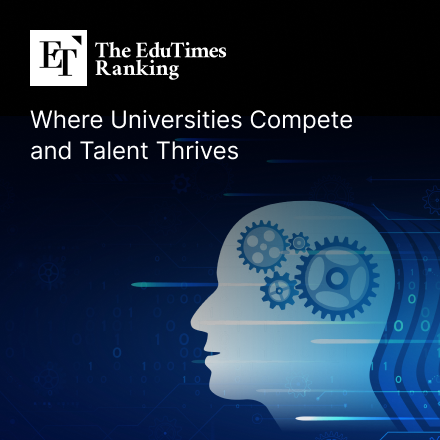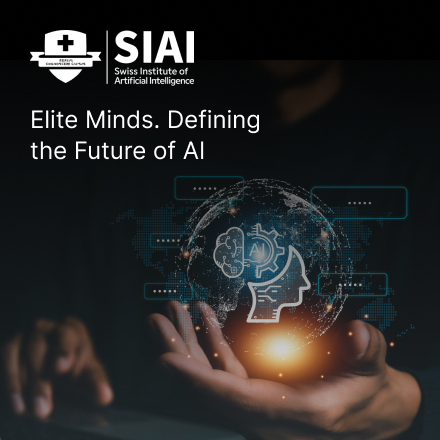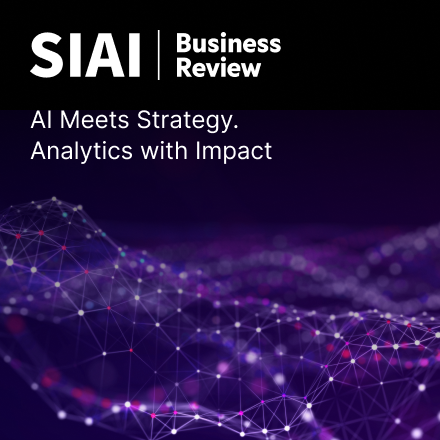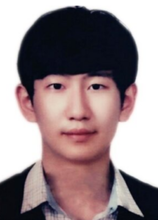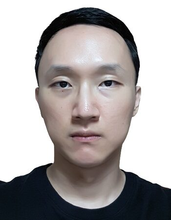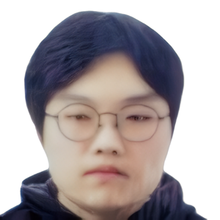삼성전자 노조, 사상 첫 총파업 돌입 "파업의 목적은 생산 차질"
입력
수정
삼성 최대 노조 '전삼노', 8일부터 10일까지 '총파업' 단행
전삼노 "반도체 직군에서 5,000명 참석해 생산 차질 전망"
연봉 협상 거부한 소수 강경파에 추가 연봉 인상으로 논란

삼성전자 노동조합이 사상 첫 총파업에 돌입했다. 노조는 3일간 이어지는 총파업에 반도체 직군 5,000여 명이 참여해 생산에 차질이 발생할 것이라고 주장했다. 하지만 최근 삼성전자가 반도체 경쟁력 하락으로 어려움을 겪는 상황에서 평균 연봉 1억2,000만원을 받는 귀족 노조의 파업을 두고 명분이 부족하다는 지적이 제기된다. 더욱이 소수 강경파 조합원에 대한 연봉 추가 인상 요구에 대해선 노조 내부에서도 비판의 목소리가 나온다.
총파업 참가자 6,500명, 집회 참석자는 3,000명으로 추산
8일 삼성전자 최대 노동조합인 전국삼성전자노동조합(전삼노)이 총파업에 나섰다. 삼성전자 노조가 총파업을 한 것은 1967년 회사 창사 이래 처음이다. 전삼노는 이날 오전 11시 경기 화성시 삼성전자 화성 사업장 H1 정문 앞에서 총파업 결의대회를 개최했다. 이번 파업은 오는 10일까지 사흘간 이어질 예정이다. 앞서 전삼노는 5월 29일 파업을 선언한 데 이어 지난달 7일 하루간 연차 소진 방식으로 쟁의 행위를 진행한 바 있다.
노조가 실시한 총파업 설문조사에 따르면 조합원 8,115명 중 6,540명이 총파업 참가 의사를 밝혔다. 노조 추산으로는 반도체 설비·제조·개발 직군 참가자만 5,211명에 달한다. 전삼노 관계자는 "총 6,000명 이상 집회에 참석할 것으로 예상했지만 기상 악화로 실제 집회에 참석한 인원은 5,000명 수준으로 추산된다"며 "실제 근무에 나서지 않는 등의 형태로 파업에 참여한 직원을 포함하면 더 많을 것"이라고 말했다. 이날 경기도 동탄 경찰서는 이날 총파업 집회에 참한 인원을 3,000명으로 추정했다.
노조는 이번 파업의 목적을 '생산 차질'로 규정하고 있다. 전삼노는 "예상대로라면 반도체 설비·제조·개발 직군에서만 5,000명이 참가하기로 했으니 생산 차질은 무조건 달성될 것"이라고 강조했다. 이에 대해 삼성전자 측은 "파업으로 생산 차질이 빚어지지 않도록 철저히 준비했다"고 설명했다. 사측은 지난달 7일 진행된 연가 투쟁과 마찬가지로 이번 총파업으로 생산 차질이 빚어질 가능성은 크지 않을 것으로 보고 있다.

무임금 파업으로 발생한 조합원 경제적 손실 보상 등 요구
이를 두고 삼성 안팎에서는 삼성전자의 사업 경쟁력이 약화한 상황에서 단행한 전삼노의 총파업을 두고 '명분이 부족한 노조 이기주의'란 지적이 제기된다. 일각에서는 삼성전자 직원의 평균 연봉이 국내 최고 수준인 1억2,000만원임을 고려할 때 '귀족 노조의 횡포'라는 비판도 나온다. 앞서 사측은 지난달 진행한 세 차례의 조정 회의와 실무 협의에서 △일회성 여가 포인트 50만원 지급 △휴가 의무 사용 일수 2일 축소와 재충전 휴가 2일 미사용 시 보상 △노사 간 상호협력 노력 등 4가지 안건을 제시했지만, 합의점에 이르지 못했다.
이에 대해 지난 1일 손우목 전삼노 위원장은 노조 유튜브 중계를 통해 진행된 입장 발표에서 "어용 노사협의회가 일방적으로 올해 기본 인상률 3%를 정했다"며 "연봉 협상을 거부한 조합원 855명에게 보다 높은 임금인상률을 적용하라"고 요구했다. 이어 △EVA(경제적 부가가치) 방식의 불투명한 초과이익성과급(OPI) 제도 개선 △사측 교섭위원이 약속했음에도 정현호 삼성전자 부회장이 반려한 유급휴가 약속 이행 △무임금 파업으로 발생된 모든 조합원의 경제적 손실 보상 등을 요구했다.
이 가운데 연봉 협상 거부자에 대한 추가 임금 인상 요구는 이번 총파업의 명분이 됐다. 전삼노 조합원은 전체 직원의 23%인 2만8,400만 명인데 이 중에서도 파업에 적극적으로 참여한 조합원에게만 혜택을 주겠다는 취지다. 협상 과정에서 사측은 해당 안건에 대해 '형평성에 어긋난다'며 거부 의사를 밝혀왔다. 노조 내부에서조차 '소수 강경파'만을 대변해 대표성을 잃었다는 말이 나온다. 여기에 '무임금·무노동'을 공언하고도 '파업으로 발생하는 조합원의 경제적 손실을 보상하라'는 주장도 설득력이 없기는 마찬가지란 지적이다.

전삼노 "실질적 권한 가진 정현호 부회장이 대화 나서야"
특히 이번 노사 협상과 총파업 과정에서는 삼성전자의 '실세'로 불리는 정현호 부회장을 찾는 목소리가 더욱 커졌다. 삼성전자의 미래 전략과 인사를 담당하는 사업지원TF를 총괄하고 있는 정현호 부회장은 이재용 회장을 비롯해 총 일가의 두터운 신임을 받는 것으로 알려졌다. 국정농단 사태와 관련해 미래전략실 해체에 책임을 지고 퇴사했지만 같은 해 삼성전자의 사업지원TF장으로 복귀했다.
최근에는 삼성전자의 총체적 위기 속에 사업지원TF의 역할이 더 커지고 있다. TF는 미래전략실 해체 후 부재한 컨트롤 타워 역할을 하며 조직 내에서 강한 영향력을 발휘하고 있다. 그런데 일각에서 정 부회장과 TF가 수년째 재판을 받는 이 회장을 대신해 경영 진단과 의사결정을 지원하는 차원을 넘어 의사결정 자체를 주도하고 있다는 비판이 나오고 있다. 내부적으로도 TF가 과거 미래전략실처럼 수뇌부를 비롯한 인사 전반에 미치는 영향력이 상당하다는 의심에 직면해 있는 상황이다.
노조도 이러한 그룹 내 경영구조를 비판하고 나섰다. 지난 5월 24일 삼성전자 서초사옥 앞에서 진행한 두 번째 단체 행동 현장에서도 손 위원장은 집회의 배경에 대해 "서초사옥에는 삼성전자의 실질적인 권한을 가진 사업지원TF, 즉 구 미래전략실이 있다"며 "TF의 수장인 정현호 부회장에게 항의의 목소리를 전달하기 위해 이곳에 모였다"고 밝혔다. 그러면서 "노조와의 교섭에서 사측 교섭위원들은 실질적인 권한을 가진 사람이 없다"며 "정현호 부회장이 직접 노조와의 교섭에 나와야 한다"고 강조했다.















